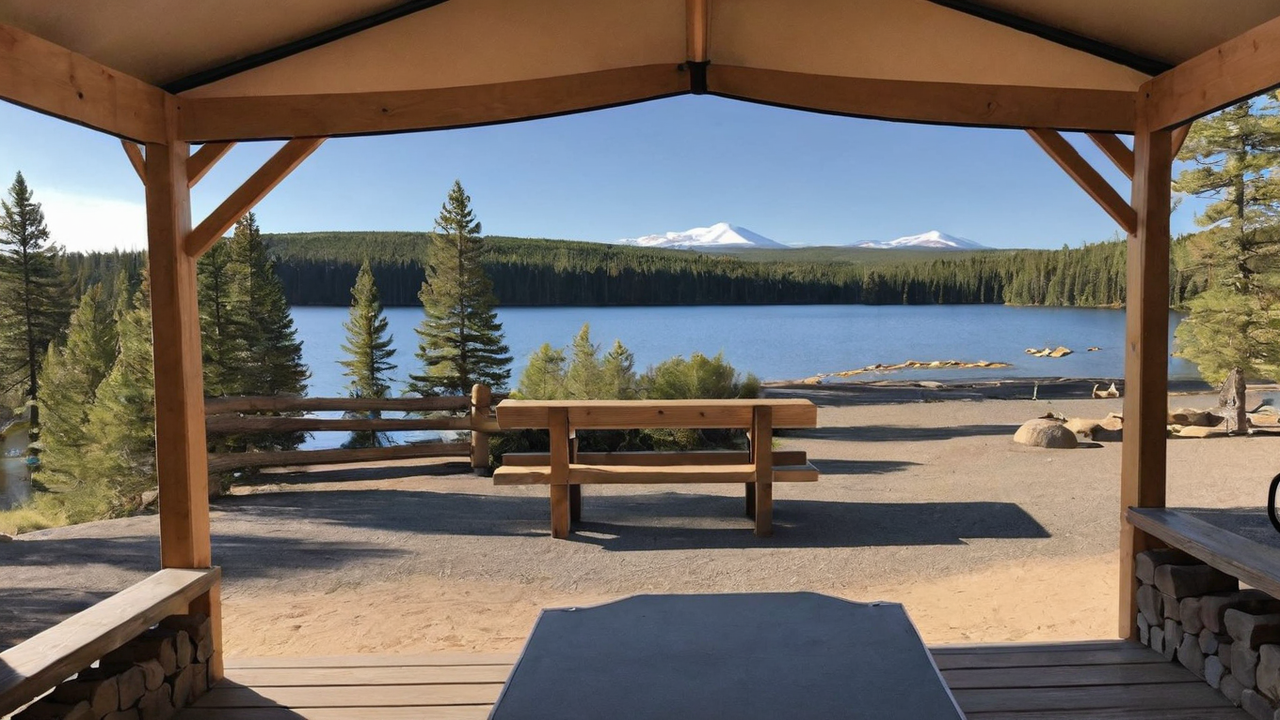Creating the Optimal User's Interface: Design Guidelines for Campground Software
Creating the Optimal User's Interface: Design Guidelines for Campground Software
Blog Article

Understanding The Users
Knowing which your intended audience are essential in crafting an efficient user experience. It's crucial to consider your requirements, likes, and tech competence. This understanding directs the designing decision, guaranteeing that the software becomes user-friendly and easy to use.
Understanding the audience likewise means recognizing their difficulties and the way they plan to utilize the camping software. This allows designers to customize features and capabilities that meet specific requirements, thus making your software not only helpful but also indispensable.
Streamlining the Navigation
Streamlining the navigation can be one major aspect of interface design. An intuitive menu system ensures users can readily find what they're searching for, reducing frustration and enhancing user satisfaction. It's about the experience inside the app as seamless as possible.
Furthermore, effective navigation guides users throughout your software, emphasizing features and tools that they might otherwise miss. Such an approach not only boosts usability but also encourages deeper interaction with the campground software full array of capabilities.
Integrating Premium Visuals
Graphics have a crucial part in making a engaging user interface. Visuals help in breaking monotony and can demonstrate features more clearly than description alone. Choosing the correct graphics, icons, and colors can greatly enhance the appearance of the software, thereby making it more appealing to your users.
Furthermore, a consistent visual style is essential for building a strong brand identity and trustworthiness among users. Every component should be in sync with your brand's ethos and the overall mission of the software, resulting in a seamless user experience that feels both polished and inviting.
Enhancing Responsiveness
In today's tech world, users expect camping programs to be responsive on all platforms, from desktop computers to mobile phones. A adaptive interface makes sure that regardless of the screen size, the application provides an optimal experience. It not only increases accessibility but also caters directly to your audience's mobile lifestyle.
Furthermore, improving your software’s responsiveness can lead in improved speed, minimizing load times and preventing frustration. Visitors value a speedy and efficient experience when accessing camping applications, and this makes performance an element in satisfaction levels.
Enhancing the Search
Finding data swiftly is fundamental in any kind of application, especially in campground management. Optimizing your search feature permits visitors to easily find what they're looking for, which in turn boosts their satisfaction and efficiency. By intelligent search capabilities, you can decrease the frustration and improve overall satisfaction.
Moreover, advanced search options like filtering options and tagging can aid in narrowing down search results, making it process even efficient. Implementing these features shows an understanding of the user’s needs and an effort to enhancing the user’s interaction with your campground system as smooth and productive as possible.
Prioritizing Security
Security is a top priority when it comes to designing campground programs. Your users want to be secure when providing their private data. Guaranteeing tight security protocols not only secures their information but also builds trust between the user and the brand.
Beyond basic security features like passwords and encryption, consider adding advanced security measures such as two-factor authentication or biometric verification. These features provide an extra layer of security, ensuring that user data is kept safe from unauthorized access.
Leveraging Feedback
Feedback is vital for ongoing improvement of the campground software. It allows the developers to see what is working, what doesn’t work, and how their application can be enhanced to better meet the user’s expectations. This feedback establishes an open dialogue between the users and the team, making them feel like they are actively a part of your software’s evolution.
Taking feedback effectively can lead in significant improvements in UI designs and the overall UX. Making changes based on real feedback shows that the company listens to its customers and is dedicated to providing a top-notch product.
Maintaining Simplicity
In UI design, the principle of simplicity is fundamental. An overly complicated interface can overwhelm the users, resulting in an unpleasant user experience. Simplicity, on the hand, helps your software more intuitive and user-friendly. It encourages greater user engagement and satisfaction levels.
Moreover, keeping the simplicity should extend to the software’s content and functionality. Avoiding unneeded features that don’t contribute real value can help ensure that your interface remains clean and focuses on meeting the essential more information needs of your end-users. By doing so, you create a more effective UX that resonates with your target audience.
Report this page